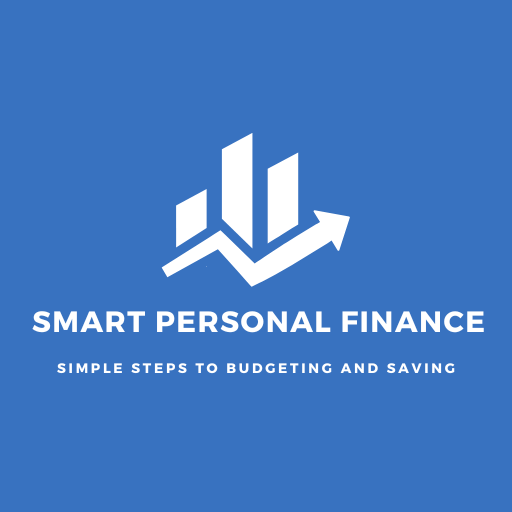Creating a budget is an essential step towards financial wellness and gaining control over your money. Whether you’re aiming to save for a dream vacation, pay off debt, or simply manage your daily expenses more effectively, a well-crafted budget can be your financial compass. In this guide, we’ll explore the process of building a budget tailored to your unique needs and goals.
Understanding Your Financial Landscape:
Before diving into the budgeting process, it’s crucial to have a clear understanding of your current financial situation. Start by gathering all your financial documents, including bank statements, pay stubs, investment accounts, and bills. Calculate your net income, which is the amount you take home after taxes and deductions. Then, make a list of your fixed expenses (like rent, mortgage, insurance) and variable expenses (groceries, entertainment, dining out). This comprehensive overview will form the foundation of your budget.
Setting Realistic Goals:
Budgeting is not just about restricting your spending; it’s about aligning your finances with your aspirations. Define short-term and long-term financial goals. Perhaps you’re saving for a down payment on a house, planning to invest in your education, or aiming to eliminate credit card debt. Set specific and measurable goals, such as saving a certain amount each month or paying off a credit card within a year. These goals will motivate you to stay disciplined and provide a sense of purpose for your budgeting efforts.
The Budgeting Method:
There are various budgeting methods, but one popular approach is the 50/30/20 rule, which suggests allocating your after-tax income as follows: 50% for needs (essential expenses), 30% for wants (non-essential expenses), and 20% for savings and debt repayment. For example, if your monthly income is $4000, you’d allocate $2000 for needs, $1200 for wants, and $800 for savings or debt repayment. Adjust these percentages to fit your goals and financial situation.
Creating the Budget:
Now, it’s time to put your budget together. Create a spreadsheet or use budgeting apps and tools to organize your expenses. Start by allocating funds for your fixed expenses, ensuring that these essential costs are covered. Then, set aside money for variable expenses, being mindful of your spending habits. Prioritize savings and debt repayment goals accordingly. Consider automating your savings by setting up direct deposits or using apps that round up purchases and save the difference.
Flexibility and Adjustment:
Your budget should be adaptable to your lifestyle and evolving circumstances. It’s unlikely to get everything right on the first try, so be prepared to make adjustments. If you consistently spend more in certain categories, reevaluate your allocations. For instance, if you love dining out and frequently exceed your allocated budget, consider adjusting other expenses to accommodate this preference.
Track Your Progress:
Regularly review your budget to track your progress. Analyze your spending patterns and compare them to your goals. Many budgeting apps provide insights and categories to help you understand where your money is going. This awareness empowers you to make informed decisions and fine-tune your budget.
Building a budget that works for you is an ongoing process. It requires discipline, flexibility, and a clear vision of your financial goals. By understanding your financial landscape, setting realistic goals, and using budgeting tools, you can create a budget that supports your aspirations and helps you take control of your financial future. Remember, budgeting is a skill, and with practice, it becomes a powerful tool to achieve financial freedom.

